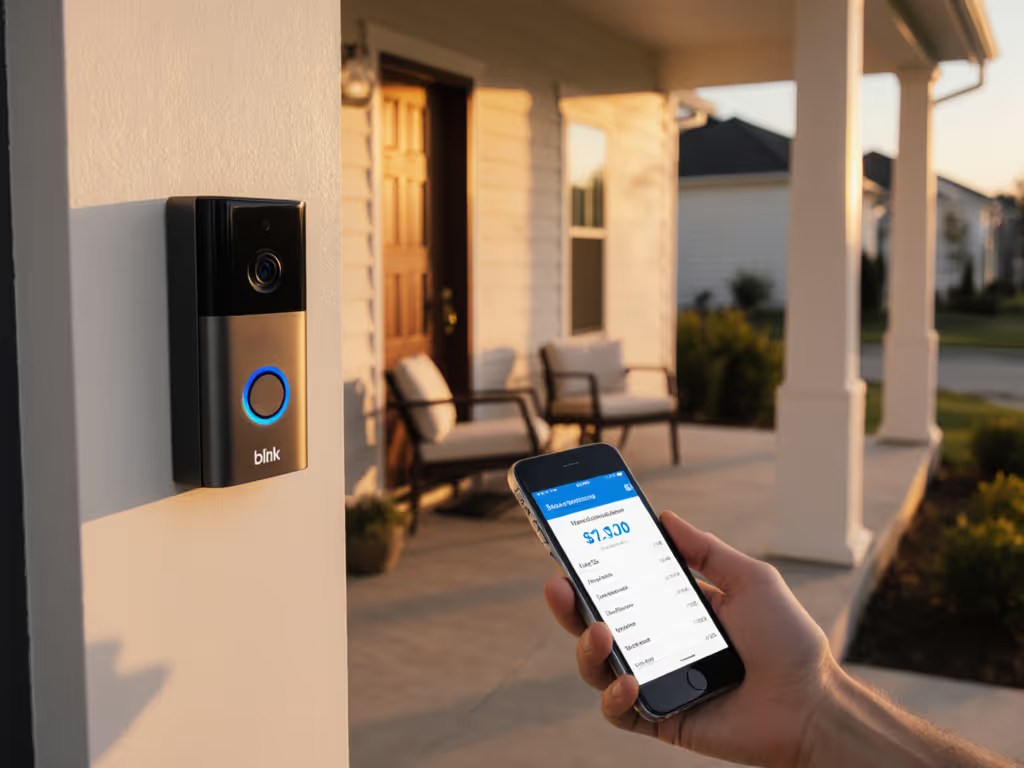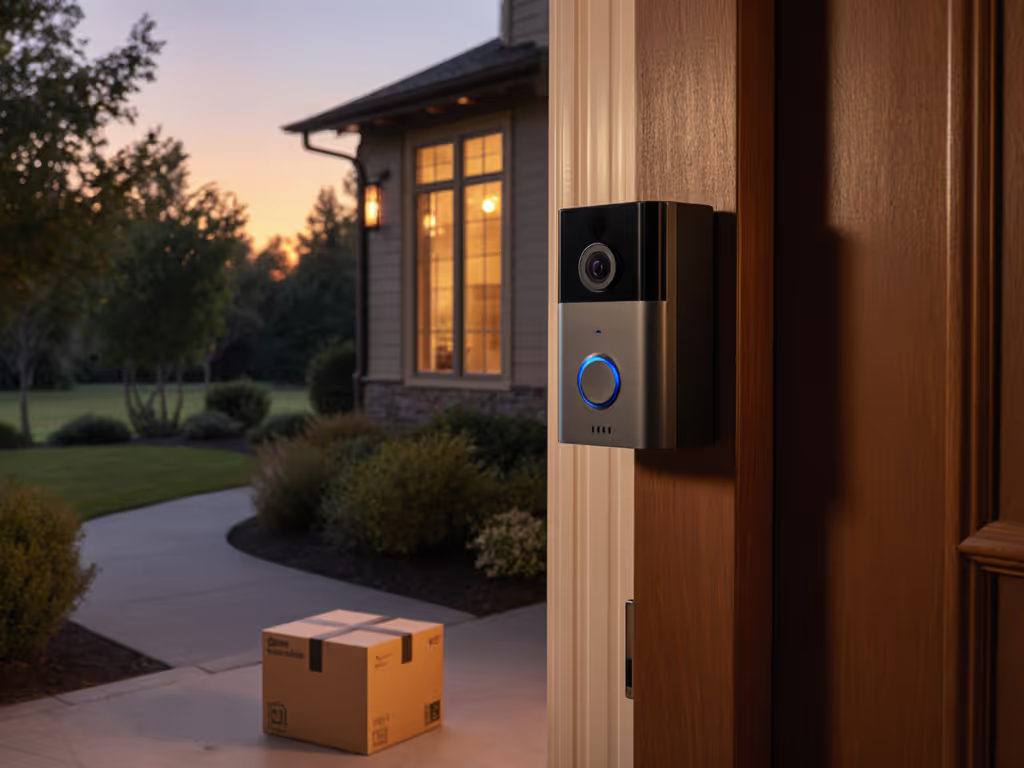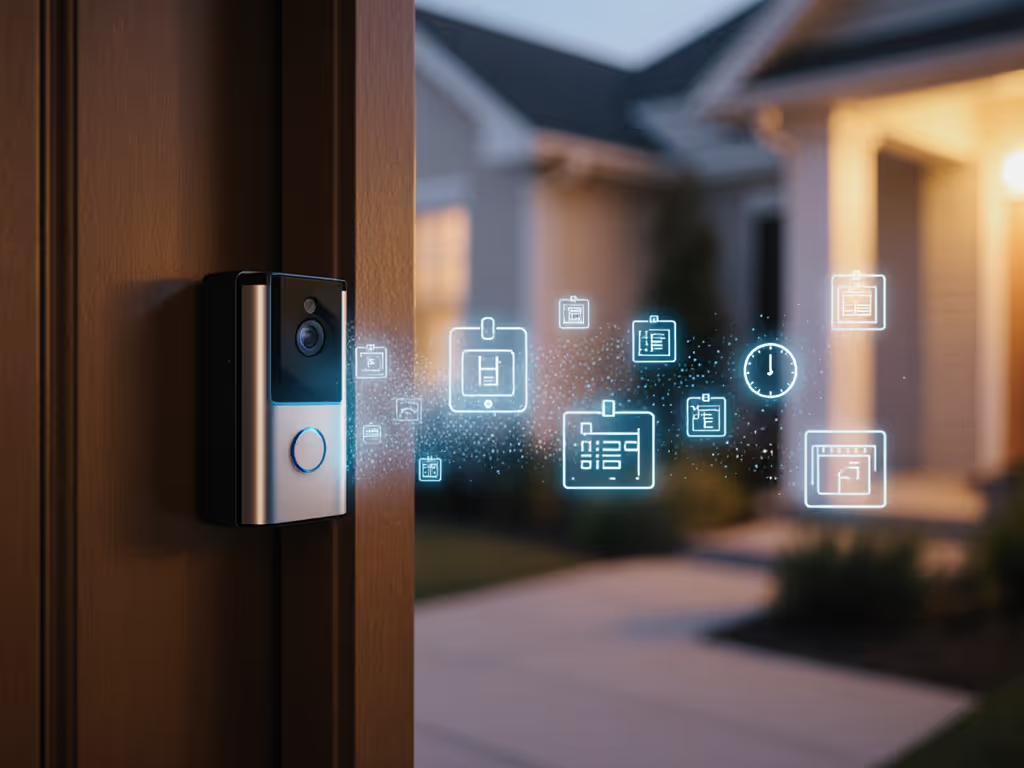
Doorbell Storage Showdown: Ditch Cloud Fees, Keep Privacy
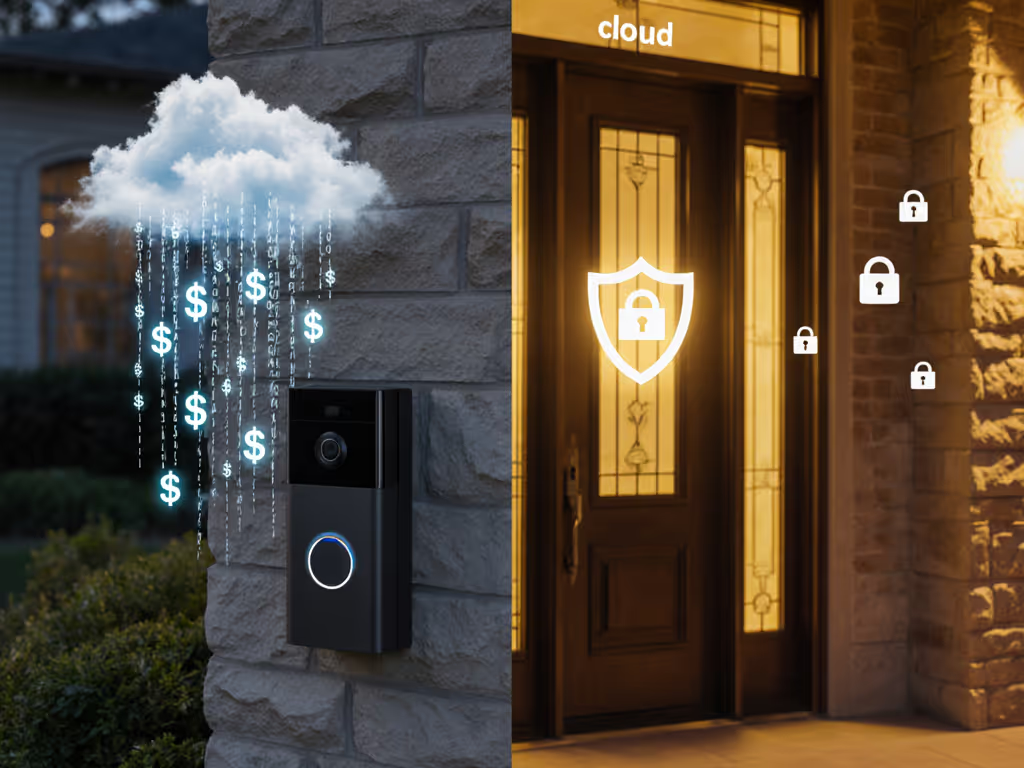
The quiet revolution in video doorbell storage options begins with a simple question: Why should you pay monthly fees just to access footage from hardware you already purchased? As cloud vs local storage doorbell debates intensify, consumers increasingly recognize that storage architecture isn't merely a technical detail, it is the foundation of your privacy and long-term cost control. Drawing from my work analyzing identity, footage, and sharing protocols, I've witnessed how opaque storage models create hidden vulnerabilities. Privacy is a feature, not a line in marketing, and this analysis will help you deploy doorbells that respect your data sovereignty.
When that neighbor recently asked me to share footage after a package theft, I didn't need to grant platform access or navigate corporate data requests. Because my system stores encrypted local video, I could export precisely the relevant minute (nothing more, nothing less). This incident exemplifies why storage architecture matters: it determines whether your porch becomes another surveillance data point or remains under your control.
Understanding the Stakes: Beyond Storage Capacity
Most consumers initially evaluate doorbells based on image quality, night vision, or smart features. Yet the storage methodology fundamentally shapes your threat model. Cloud storage introduces three critical risks that local alternatives mitigate:
-
Continuous Attack Surface: Cloud-stored footage resides on servers managed by third parties, creating persistent exposure points. Even with encryption in transit, many services store data at rest with keys they control (not you).
-
Subscription Creep: What begins as "free" basic storage often evolves into "premium" features requiring payment. Arlo's Video Doorbell 2K, for instance, offers no free video storage, immediately pushing users toward $8-$25/month subscriptions that increase after the first year.
-
Law Enforcement Access Pathways: Without granular audit controls, you can't verify when (or if) your footage is shared with authorities. The Electronic Frontier Foundation documents how police partnerships with cloud providers bypass traditional warrant processes through data sharing agreements.
Local storage transforms this equation. As Consumer Reports notes, Eufy's models with built-in memory ("8 gigabytes of built-in memory... storing up to 90 days of motion-triggered video clips") eliminate both monthly fees and external attack surfaces. The SafeHome.org team confirms this approach provides "complete privacy control" and "continued functionality during internet outages" (critical when your connection flickers during severe weather).
Cloud vs Local: A Threat-Model Oriented Comparison
| Factor | Cloud Storage | Local Storage |
|---|---|---|
| Privacy Control | Service provider determines access protocols and retention policies | You maintain physical custody of footage; encryption keys remain with you |
| Ongoing Costs | $3-$25/month per device (Eufy starts at $3/month; Arlo at $8/month) | No monthly fee storage, one-time hardware cost |
| Internet Dependency | Recording fails during outages; features require constant connectivity | Functions during connectivity disruptions; only requires internet for remote access |
| Law Enforcement Access | Requires only platform cooperation (often via pre-established agreements) | Requires physical device seizure or court order for your specific storage medium |
| Data Longevity | Subject to provider's retention policies and business continuity | Driven by your storage capacity and retention settings |
| Security Updates | Dependent on vendor's update schedule and commitment | Same as cloud models, but compromised footage remains isolated to your device |
The math becomes stark when calculating 5-year costs. For a single doorbell:
- Cloud model (Eufy Cloud Backup at $30/year): $150 over 5 years
- Local storage model: $0 additional cost
This represents a 100% premium solely for outsourcing your footage management, a premium that buys convenience but surrenders control. As Lorex demonstrates with its included 64GB microSD card option, local storage doesn't mean sacrificing usability. You still get push notifications and remote viewing; you simply avoid subscription traps that "neuter" functionality without payment.
Local Storage Champions: Models That Give You Control
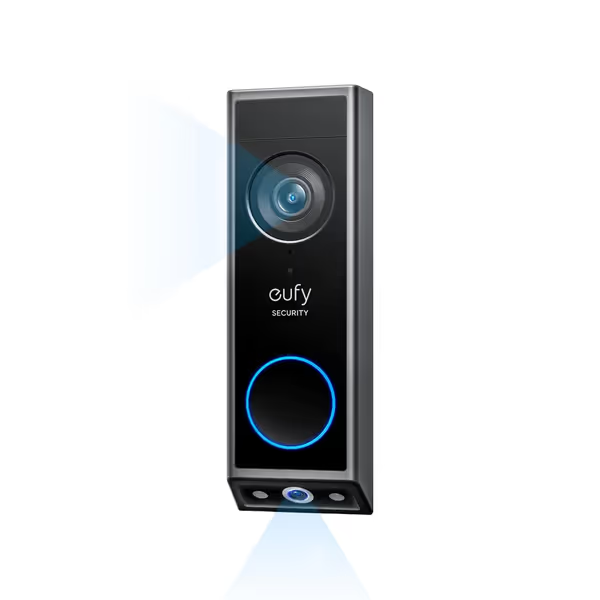
eufy Security Video Doorbell E340
The Eufy Video Doorbell E340 presents a compelling case for privacy-conscious consumers. With 8GB of built-in memory storing approximately 90 days of footage, it eliminates the need for cloud subscription costs while offering dual-camera coverage (one facing visitors, another monitoring package zones). Unlike cloud-dependent competitors, Eufy's architecture processes person detection and package recognition on-device, meaning your porch activity never leaves your network unless you choose to export it.
What makes Eufy stand out in policy terms is its clear data governance: footage remains encrypted on the device, and you control any sharing through audit logs showing exactly what footage left your network. Their documentation explicitly states video isn't used for training AI models, a rarity in the industry. The dual-camera design also addresses a critical blind spot: verification of package placement, which single-camera models often miss.
Lorex's 1080p HD Wired Doorbell takes simplicity further with no cloud dependency whatsoever. Priced at $77.99 with a 64GB microSD card, it functions as a truly DIY system requiring no subscriptions. While it lacks advanced features like person detection, it excels in core reliability, especially important for business owners who need continuous recording without feature degradation between payment cycles.
Audit your data flows. Every byte traveling beyond your network perimeter represents a potential compromise point, whether through vendor breaches, law enforcement requests, or policy changes you weren't notified about.
The Aqara G4 offers a hybrid approach that still prioritizes user control. Its HomeKit Secure Video integration routes processing through Apple's ecosystem with end-to-end encryption, while supporting local MicroSD storage (up to 512GB) for complete private video storage independence. Crucially, face recognition occurs on-device rather than in the cloud, addressing a major privacy concern with competitors like Ring that require subscription plans for basic person detection.
The Cloud Trap: What You're Actually Paying For
Cloud doorbell subscriptions typically sell convenience through three value propositions:
- Remote Access from Anywhere: Truth: Local storage solutions offer equivalent remote access when your home network is online
- "Enhanced" AI Detection: Truth: Many "premium" features like package detection work locally (Eufy demonstrates this)
- Professional Monitoring: Truth: Only relevant for full security systems, not basic doorbell functionality
Security.org documentation reveals the uncomfortable reality: most cloud doorbells fundamentally neuter core features without subscriptions. Ring's "Get Smart Alerts" for people and packages explicitly state "subscription required." Arlo similarly restricts activity zones and advanced detection to paid tiers. This creates a bait-and-switch where you purchase hardware with promised capabilities that only function with ongoing payments. For a transparent cost breakdown and alternatives to paid tiers, see our video doorbell subscriptions guide.
Consider the policy implications: when footage storage requires continuous payment, your historical data becomes hostage to your payment status. Miss one billing cycle, and suddenly your theft evidence disappears, a critical vulnerability during dispute resolution with carriers. This violates the principle that privacy should be the default and never traded for basic functionality.
Building Your Privacy-First Strategy
When selecting a camera doorbell, apply these threat-modeling criteria:
- Verify Local Storage Capability: Look for physical storage media (MicroSD, built-in memory) that functions without internet
- Demand Transparent Retention Policies: How long is footage kept? Can you adjust retention periods?
- Confirm On-Device Processing: Basic motion detection should work without cloud connectivity
- Check Encryption Implementation: End-to-end encryption means you hold the keys, not the vendor
- Review Law Enforcement Policy: Does the vendor publish warrant handling procedures?
Eufy's documentation passes most tests, they publish their law enforcement guidelines, use local encryption, and make 90% of features available without subscriptions. Lorex takes it further with zero external dependencies, though its feature set is more basic. Both avoid the default police-sharing toggles I refuse to endorse.
For business applications, prioritize systems with clear audit logs showing exactly when footage was accessed or exported. This isn't just good practice, it is often a legal requirement for commercial properties. The Aqara G4's local face recognition with privacy masking zones (up to 3 designated areas) serves apartment dwellers particularly well, respecting neighbors' privacy while maintaining security.
Conclusion: Your Doorstep, Your Data
The choice between cloud and local storage distills to a fundamental question: Who should control your doorstep footage, you or a third party? As doorbell technology matures, consumers increasingly recognize that no monthly fee storage represents more than cost savings, it is a privacy imperative. The market now offers credible alternatives that deliver robust functionality without compromising your data sovereignty.
When I helped my neighbor verify that package theft, I didn't need to trust a corporate platform's data handling policies. My local storage architecture gave me precise control over exactly what information left my network. That's not just convenience, it is the foundation of digital self-determination.
Explore these options through the lens of your threat model. What constitutes "safe enough" for your family? How much risk are you willing to accept with your doorstep footage? Your answers should drive your storage decisions, not vendor marketing tactics. The technology exists to keep privacy as the default; now it is time to demand it as your standard.
Further Exploration: Dive deeper into your specific threat model by examining each vendor's published transparency reports, reviewing their security whitepapers, and testing local storage recovery processes before purchasing. Document your data flow decisions just as rigorously as you would physical security measures, because in today's landscape, they are equally critical.

